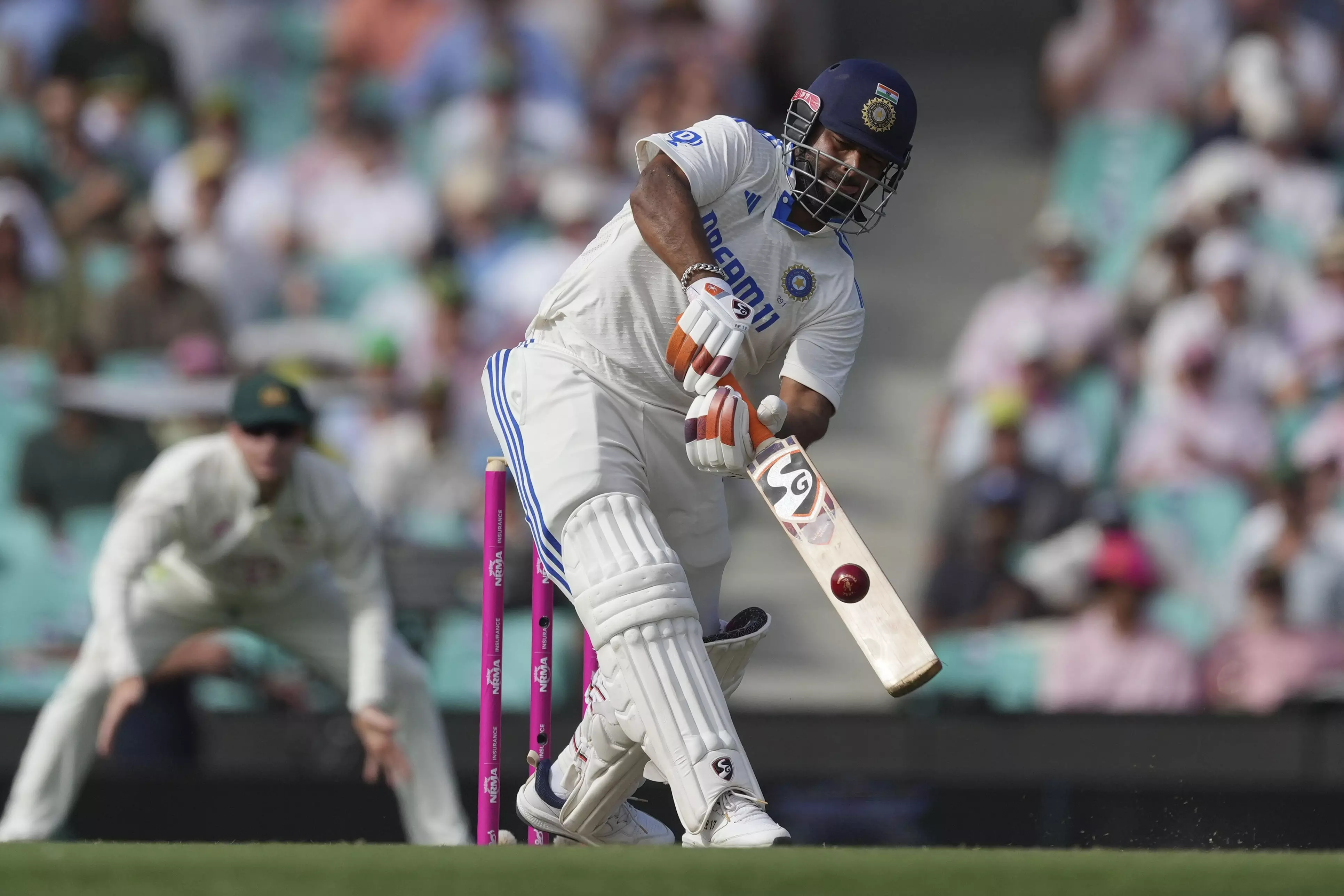
The Indian automotive industry is kicking off 2025 with an exciting lineup of new launches. January is set to witness the debut of several highly anticipated models, including the Hyundai Creta EV , MG Cyberster , and more. Also, the 2025 Bharat Mobility Expo is set to run from January 17 to 22, 2025, the month is gearing up to be action-packed with numerous new launches spanning various segments.
In this article, let’s take a look at all the cars and SUVs slated to launch this month. Hyundai Creta EV First on the list is much any Hyundai Creta EV, scheduled to launch on January 17, 2025, at the Bharat Mobility Expo. When launched the Creta EV will directly compete with the MG ZS EV, Mahindra XUV 400, Tata Curvv EV and also the recently launched Mahindra Be6e.

It will also go up against the upcoming Harrier EV and the Honda Elevate EV. With the launch of the Creta EV, the SUV will be broadly available in multiple engine options - all-electric, turbo petrol, NA petrol and turbo diesel. The Creta Electric will be offered with two battery options - a 42kWh pack offering an ARAI-certified range of 390km, and a larger 51.
4kWh pack with claimed range of 473km. The power and torque figures are not revealed yet. Hyundai claims the long-range version can accelerate from 0 to 100km/h in just 7.
9 seconds. The EV will come equipped with three drive modes—Eco, Normal, and Sport—and a steering column-mounted drive mode selector, just like the Ioniq 5. The Creta Electric will be offered in four variants: Executive, Smart, Premium, and Excellence.
Customers can choose from eight monotone and two dual-tone colour options, including three matte finishes. MG Cyberster The second car on the list is the MG Cyberster electric sports car. The EV will first be showcased at the upcoming 2025 Bharat Mobility Expo and the prices are expected to be announced later.
The Cyberster will be the first product under the new ‘MG Select’ sub-brand which was announced recently. The MG Select outlets will feature sales and service facilities and present a new, distinct identity through their dealership aesthetic and communication materials. The MG Cyberster, first unveiled in 2021 and showcased at the 2023 Goodwood Festival of Speed, is built on a new platform derived from the 2017 E-Motion coupe concept.
The EV features sleek LED headlights with DRLs, a sculpted bonnet, and a split air intake. At the rear, it has arrow-shaped tail lights and a divided diffuser. The Cyberster's side profile includes sharp cuts and creases, with diamond-cut alloy wheels ranging from 19 to 20 inches.
It also features unique scissor doors. The vehicle measures 4,533 mm in length, 1,912 mm in width, 1,328 mm in height, and has a 2,689 mm wheelbase. The India-spec MG Cyberster will feature a 77kWh battery pack measuring just 110mm in thickness.
It comes paired with dual oil-cooled electric motors - one on each axle producing a combined 510hp of power and 725Nm torque. It gets AWD and can sprint from 0-100kph in just 3.2 seconds.
MG claims a maximum range of 580km on a single charge (CLTC cycle). The EV will feature a front double-wishbone suspension and a rear five-link independent suspension. Stability at high speeds is enhanced by an evenly balanced 50:50 weight distribution between the front and rear.
Kia Syros The third model on the list is the Kia Syros compact SUV. The prices for the new model will be announced in January at the upcoming Bharat Mobility Show. The company will start accepting bookings on January 3, 2025, and the deliveries will begin on February 2025.
In terms of design, the new Kia Syros features a completely new design and follows Kia’s global design language. It takes design inspiration from the Carnival, EV3 and EV9. The Syros features a boxy and upright design, with vertically stacked LED headlamps positioned at the edges of the bumper.
These headlamps house three LED projector units and a unique drop-down LED daytime running light design, similar to what we’ve seen in the new Carnival. The upper section of the front fascia is sealed and looks almost like an EV. The air intakes are integrated into the blacked-out lower portion, accented by a contrasting silver trim.
On the sides, the Kia Syros features blacked-out A-, C-, and D-pillars, paired with body-coloured B-pillars, creating a smooth and clean window line. Other highlights include thick plastic cladding over the wheel arches, flush-fitting door handles, a distinctive kink in the rear window line, and unique 17-inch 3-petal alloy wheels. Moving rear, its tall boy design makes it look almost like a minivan and features high-mounted L-shaped tail-lamps wrapped around the rear windscreen, and the rear bumper showcases a stylish two-tone black and silver finish.
The Kia Syros features a completely new dashboard layout which looks more premium than Sonet. It features dual 12.3-inch displays for the infotainment system and instrument cluster, which Kia claims combine to form a 30-inch display.
The SUV also gets a new two-spoke steering wheel inspired by the EV3, along with a centre console that includes a wireless charging pad. The dashboard incorporates a strip of physical switches for the HVAC controls, discreetly integrated AC vents, and horizontal design lines enhanced by ambient lighting. Talking about the engine and gearbox, the Syros gets two engine options – a 1.
0-litre, 3-cylinder, turbo-petrol which puts out 120hp of power and 172Nm torque. It comes paired with either a 6-speed manual or a 7-speed DCT. Another engine is a 1.
5-litre, 4-cylinder, turbo diesel with 115hp of power and 250Nm torque. It comes paired with either a 6-speed manual or a 6-speed torque converter automatic. The same petrol engine does the duty in the Hyundai i20 N-line, Venue and Kia Sonet.
The same diesel engine also does the duty in the Hyundai Venue, Creta, Carens, Seltos and Sonet. Maruti Suzuki e-Vitara Another much-anticipated model is the Maruti Suzuki e-Vitara electric SUV. The e-Vitara will be the first electric vehicle from Maruti Suzuki in India and will compete with the Tata Curvv EV, MG ZS EV and the upcoming Hyundai Creta EV and Mahindra BE 05 when launched in the Indian market.
It will be produced at the Maruti’s Gujarat plant and will also be sold under the Toyota brand. The Maruti Suzuki e-Vitara is built on the Heartect-e skateboard platform and is jointly developed by Suzuki and Toyota. The company claims that it merges the characteristics of a battery electric vehicle (BEV) with the durability of an SUV.
The EV features eAxles, which integrate the motor and inverter into a single unit. The e Vitara will be offered with two battery options – 49kWh and 61kWh. The batteries use LFP (Lithium Iron-phosphate) ‘blade’ cells sourced by BYD and the larger 61kWh is expected to have a range of up to 550 km in one full charge.
The 49kWh battery will come paired with a single motor placed on the front axle which puts out 144hp. The bigger 61kWh battery also gets single-motor but here it puts out 174hp. Both motors produce identical 189Nm of torque which is surprisingly low compared to other electric SUVs in the market.
There’s also an AWD version offered with a dual motor setup, placed one on each axle and this puts out 184hp and 300Nm torque. Suzuki calls the AWD tech in e-Vitara e-AllGrip, it features a Trail mode that engages the brakes on wheels lacking traction while directing torque to the wheels with grip. This system effectively simulates a limited-slip differential.
Mercedes-Benz G580 Next on the list is Mercedes-Benz G580 which will be launched on January 9, 2024. The new 580 with EQ Technology will have a 116kWh battery pack paired with four electric motors - one for each wheel. Combined, they produce a total of 587PS and a massive 1,164Nm of torque.
It has claimed 473km of range (WLTP) and can sprint from 0-100 kph within 5 seconds. A standout feature of the EQG is its G-Turn capability, enabling the vehicle to perform a full 720-degree rotation while remaining stationary. Mercedes-Benz EQS 450 Another Mercedes on the list is Mercedes-Benz EQS 450 which will be launched on January 9, 2025.
The EQS 450 is essentially the 5-seater version of the EQS 580 and will feature the same 122kWh battery pack. This is the largest cell capacity for any passenger EV in the country and this battery can be charged from 10 to 80 percent in just 31 minutes using a 200kW DC charger. The Mercedes EQS 450 SUV is tailored for buyers who prioritize additional cabin space, particularly those who prefer being chauffeur-driven.
Moving inside, it’s expected to get a Mercedes Hyperscreen setup comprising a fully digital 12.3-inch instrument cluster, a 17.7-inch touchscreen infotainment with a 12.
3-inch front passenger screen. Other expected features include dual 11.6-inch rear entertainment screens, soft-close doors, puddle lamps, illuminated running boards, a 15-speaker Burmester sound system, five-zone climate control, Level 2 ADAS, 9 Airbags and much more.
The battery pack paired with dual electric motors which put out a combined 544hp of power and 858Nm of peak torque. Power is sent to all four wheels via the 4Matic AWD system and the company claimed the EV SUV can sprint from 0-100kph in 4.7 seconds.
The 7-seat EQS 580 has an ARAI-certified range of 809km on a single charge and the new 5-seat variant with lesser weight might have more range. Mahindra XEV 9e, BE 6 Although Mahindra has already launched both these cars, the company has just announced the starting price. The complete price list and other details of both SUVs will be announced this month and the deliveries will commence from February 2025.
Both SUVs are built on Mahindra’s in-house INGLO platform, a modular skateboard architecture designed exclusively for electric vehicles. The pricing for the BE 6e Pack One starts at Rs 18.90 lakh ex-showroom, while the XEV 9e Pack One will set you back by Rs 21.
90, ex-showroom. The XEV 9e, built on the INGLO platform, features 59kWh and 79kWh LFP battery options, offering a claimed range of 656km (MIDC) or 533km (WLTP) and over 500km in real-world tests. Its powertrain delivers 286hp and 380Nm with the larger battery, achieving 0-100 kmph in 6.
7 seconds, while the 59kWh version offers 231hp. Similarly, the BE 6e offers 59kWh and 79kWh battery packs, with the latter delivering a WLTP range of 550km—higher than the XEV 9e. It boasts 288bhp, 380Nm, 0-100 kmph in 6.
7 seconds performance figures..















